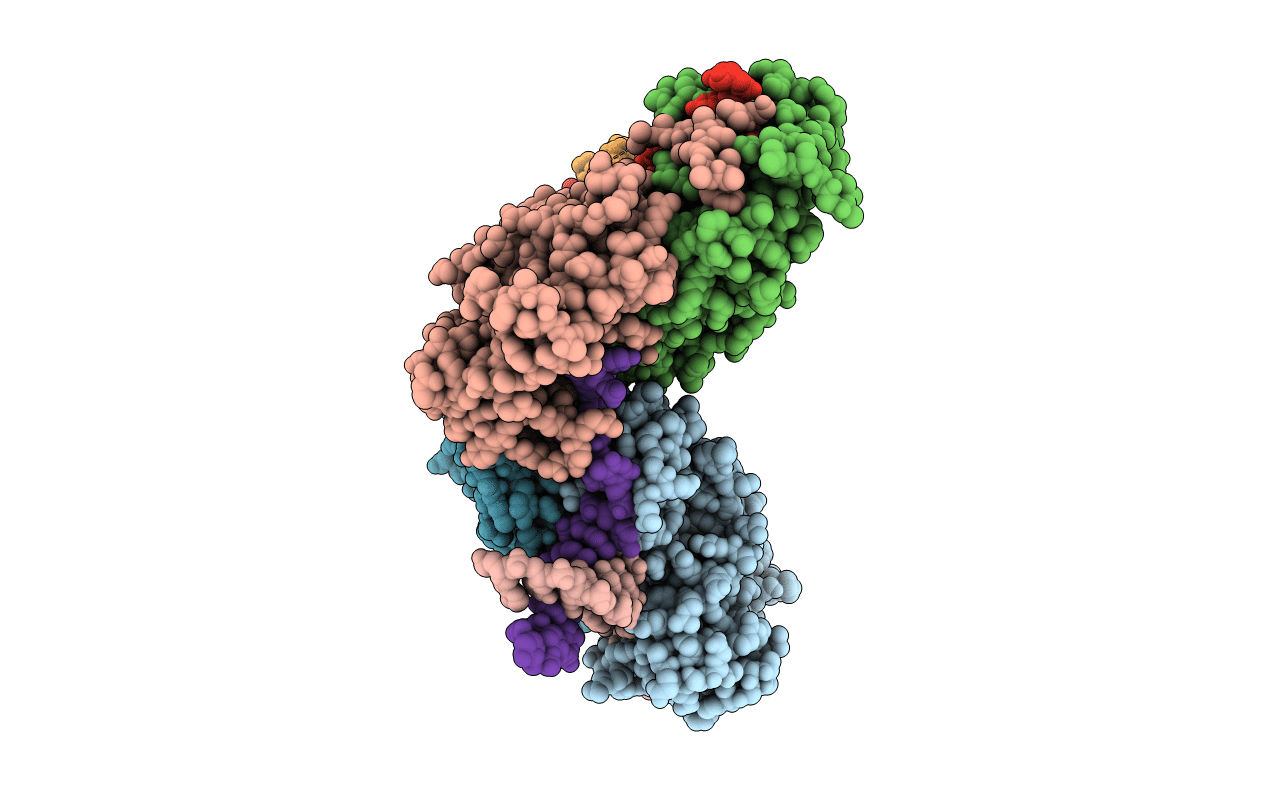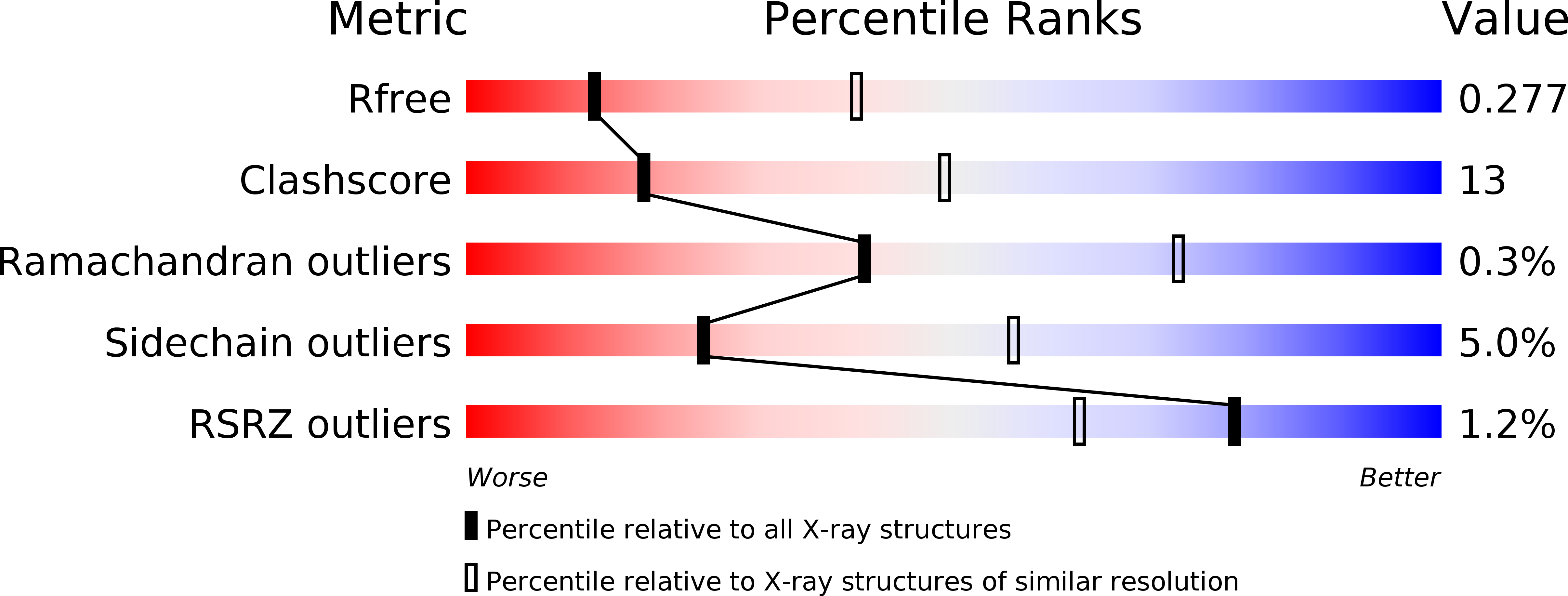
Deposition Date
2019-07-02
Release Date
2019-12-18
Last Version Date
2024-11-06
Entry Detail
Biological Source:
Source Organism:
Thermus thermophilus (strain HB8 / ATCC 27634 / DSM 579) (Taxon ID: 300852)
synthetic construct (Taxon ID: 32630)
synthetic construct (Taxon ID: 32630)
Host Organism:
Method Details:
Experimental Method:
Resolution:
3.11 Å
R-Value Free:
0.27
R-Value Work:
0.23
R-Value Observed:
0.24
Space Group:
P 21 21 2


